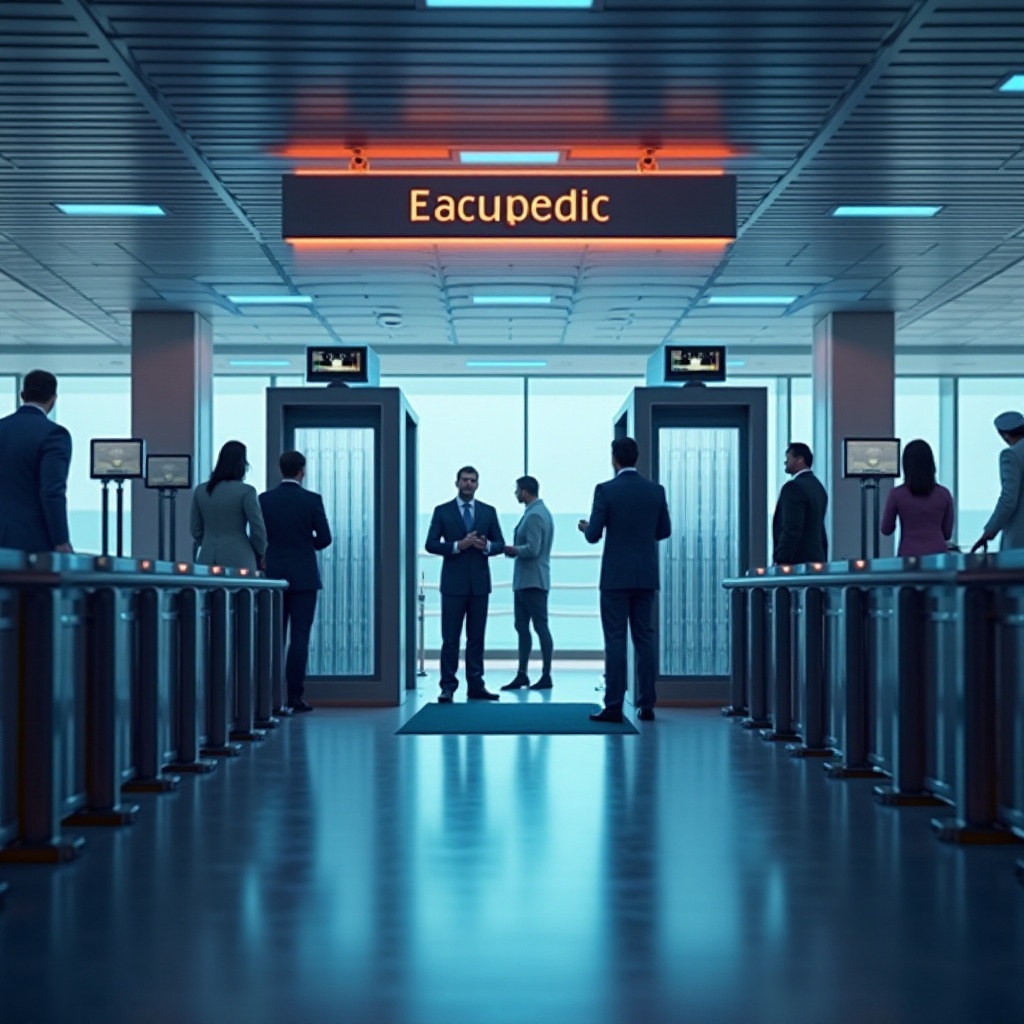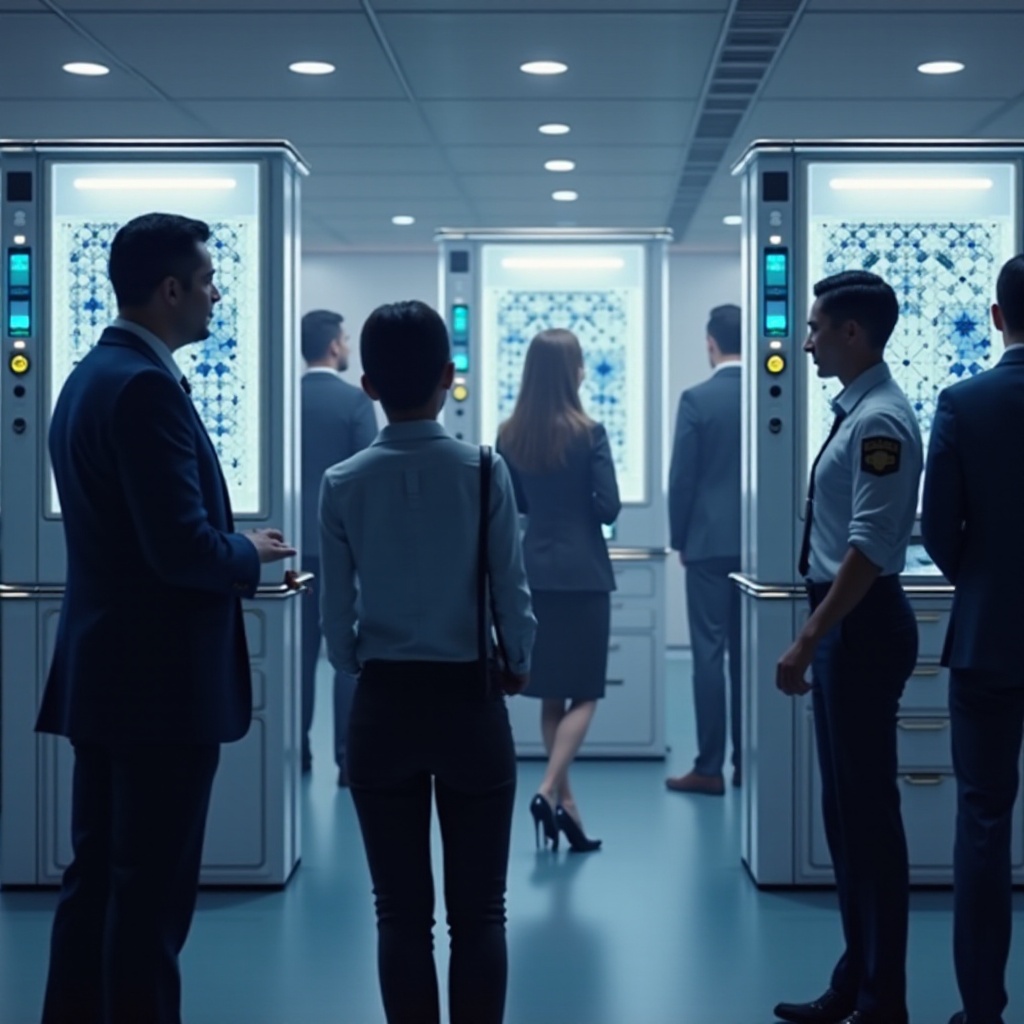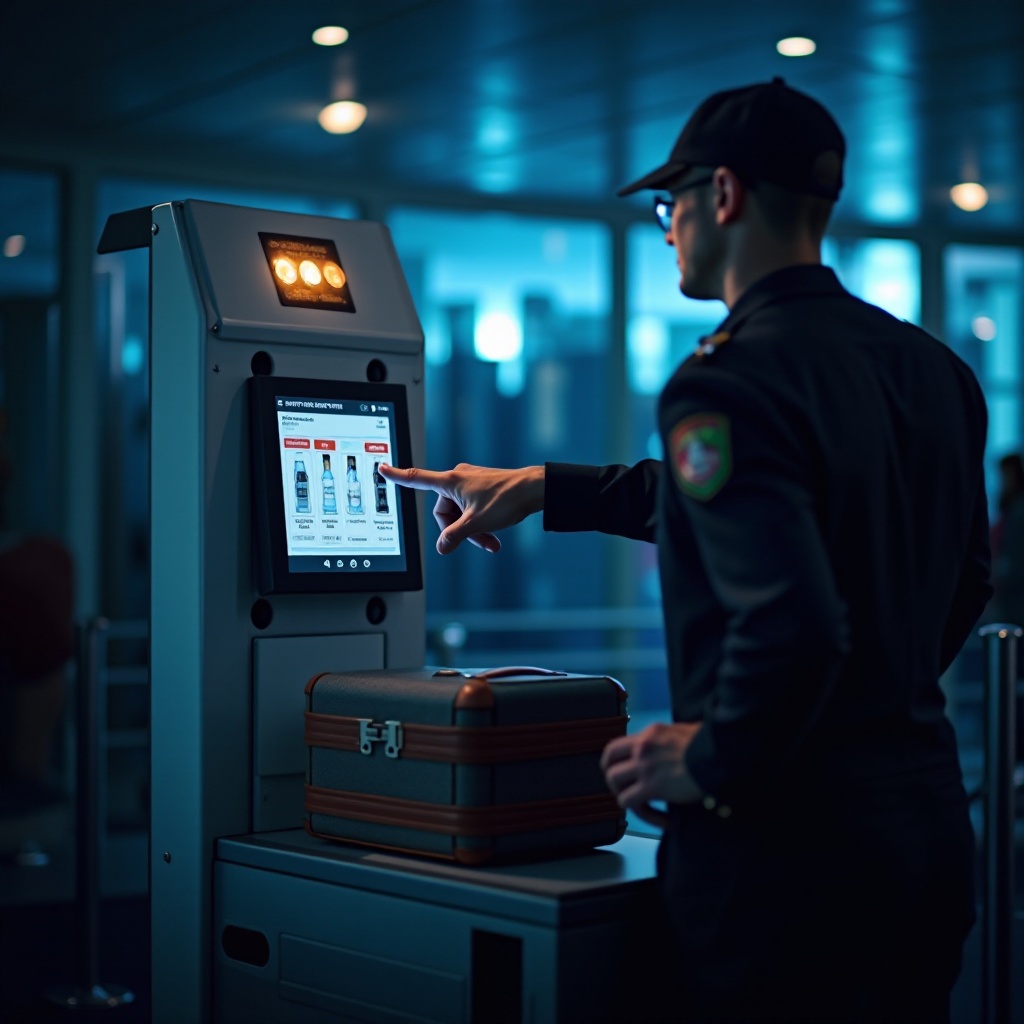Introduction
Taking a cruise offers a perfect blend of adventure and relaxation, often coupled with the enjoyment of good food and drinks. Many travelers wonder, though: can cruise ship scanners detect alcohol, and how strict are these measures? Understanding the methods and effectiveness of cruise ship scanners in detecting alcohol can save you from potential trouble and enhance your cruising experience.
While enjoying your trip, staying informed about the mechanisms in place for security is always a smart move. This post delves into the types of scanners used, their effectiveness in detecting alcohol, common techniques people use to smuggle alcohol aboard, and the associated risks. We’ll also address some frequently asked questions about cruise ship alcohol policies to give you a comprehensive understanding.

Types of Scanners Used on Cruise Ships
Cruise ships enforce stringent security measures, some of which involve the use of advanced scanning technologies. The first line of defense typically includes X-ray scanners, which are the most commonly used. These devices are similar to those found at airports and provide detailed images of luggage contents, identifying concealed items such as alcohol bottles.
X-ray scanners function by emitting electromagnetic waves that pass through objects. Different materials absorb these waves to different extents, creating varying shades on the image that security personnel can analyze. This imaging can quickly highlight discrepancies that need further investigation, such as containers that might require opening for a physical inspection.
Apart from X-ray scanners, metal detectors are routinely used at cruise ship terminals to screen passengers. While metal detectors generally identify items containing metal, they can also aid in discovering certain types of alcohol containers that use metallic elements or are in metal-capped bottles.
Contributing to the security effort, handheld scanners and manual bag checks comprise another essential layer. These methods involve security personnel using portable devices to thoroughly inspect suspicious items flagged during initial scans. This multi-layered approach ensures a higher rate of detection and minimizes the likelihood of prohibited items, including alcohol, slipping through.
How Effective Are Scanners at Detecting Alcohol?
Understanding just how effective these scanners are can offer valuable insight for any traveler. X-ray scanners possess the capability to detect liquid substances. Since alcohol is discernible in X-ray images, any obscure shapes like bottles or flasks in your luggage can draw attention and prompt further inspection.
The effectiveness of scanners also hinges significantly on the expertise of the security personnel operating them. Trained staff are adept at identifying the specific visual signatures of alcohol, making it difficult to get past these checks unnoticed. They are equipped not only to flag suspicious items but also to use supplemental searches if something appears questionable.
Handheld scanners and manual checks add an extra element of security. These manual approaches offer a detailed inspection by verifying suspect items’ contents, effectively enhancing the overall reliability of the scanning process.
However, it is worth noting that while scanning methods are generally effective, they are not infallible. Some travelers attempt to bypass these security measures using clever techniques to avoid detection. This leads us to the question of how individuals smuggle alcohol onto cruise ships and the accompanying risks.

Common Techniques for Smuggling Alcohol and Risks
Despite the security measures, some passengers still try to outsmart the system. Common methods include hiding alcohol in inconspicuous containers like shampoo bottles, mouthwash, or even hollowed-out books and soft drink bottles. Sneaky passengers may also use specialized flasks designed to look like common travel items such as sunscreen bottles or bronzer.
Another prevalent method is to disguise the alcohol in luggage within clothing layers, which might make scanner detection more challenging. Alternatively, travelers sometimes attempt to transfer alcohol into collapsible plastic bags, minimizing the chance of a detectable shape being flagged by X-rays.
However, smuggling alcohol carries substantial risks. Should security personnel detect these items, they will likely confiscate the alcohol on the spot. This not only means losing your beverages but may also lead to additional sanctions, depending on the cruise line’s policies. Some ships levy fines, while others might revoke onboard privileges or enforce restrictions for repeat offenders.
In some cases, cruise lines may even refuse boarding to travelers who repeatedly violate their alcohol policy, turning an anticipated vacation into a disappointing experience. Staying within the set rules ensures a hassle-free, enjoyable journey and demonstrates respect for the well-being and security of everyone onboard.

Conclusion
The curiosity surrounding whether cruise ship scanners can detect alcohol is both common and understandable, given the enjoyment that a glass of wine or cocktail can bring to a holiday. The sophisticated security systems employed by cruise ships, supported by X-ray scanners, metal detectors, and thorough manual inspections, are indeed effective in identifying and curbing the smuggling of alcohol.
While various techniques exist to disguise alcohol, the formidable security checks and potential consequences of being caught suggest that adhering to the cruise lines’ alcohol policies is the best approach. This not only ensures compliance with regulations but also helps maintain a safe and pleasant environment for all passengers.
Frequently Asked Questions
What happens if you’re caught with alcohol on a cruise ship?
If security personnel catch you with undeclared alcohol, the items will be confiscated immediately. Depending on the cruise line’s policies, additional penalties such as fines or restricted onboard activities can follow. Repeat violations might lead to more severe actions like refusal of boarding.
Are there specific types of alcohol that are easier to detect?
Generally, any alcohol in bottles, particularly clear spirits in glass containers, are easier to spot on X-ray scans. However, the shape and size of containers are primary factors. Standard bottles and metal-capped items are among the most recognizable.
Can medications be mistaken for alcohol by scanners?
Scanners are designed to differentiate between various substances. Provided medications are in their original, labeled containers, they are unlikely to be mistaken for alcohol. Security personnel are trained to recognize legitimate medicines and generally allow them through without issue.

